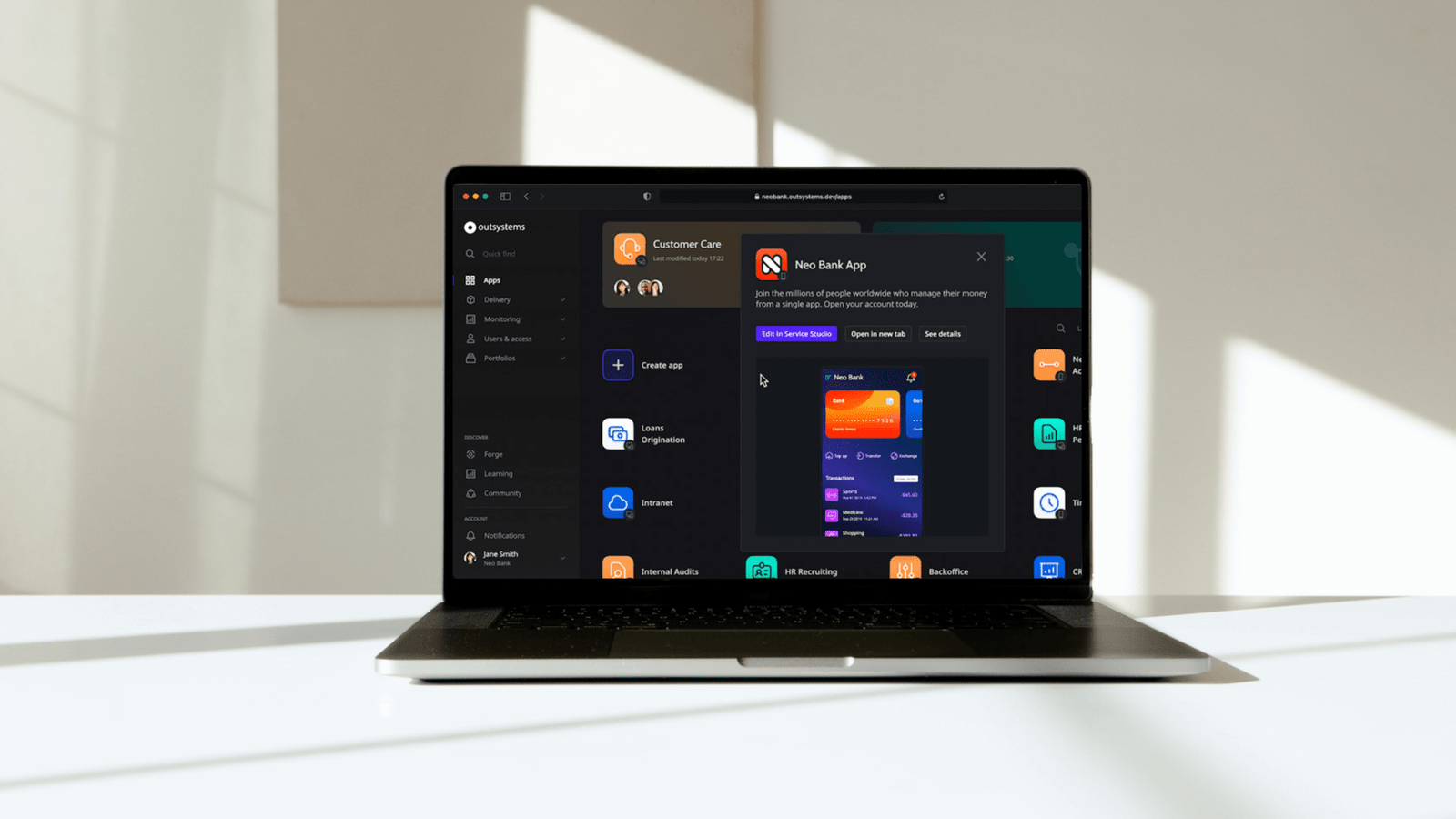- August 28, 2024
- Low Code App Development
As technology rapidly advances, businesses are constantly seeking new tools to stay ahead. Low code development is one of those tools that is transforming the way software is developed. It’s a simpler way to create apps without writing tons of code.
This approach is becoming more popular as tech companies and startups look for ways to speed up their digital transformation. Today, we’ll explore the technical side of low code programming and why it’s emerging as a game-changer in modern software development. Let’s begin!
Understanding Low Code Development
First, let’s break down what low code development means and how it differs from traditional software development.

What is Low Code Development?
Low code programming is a way to develop software without deep coding skills. Instead of manually writing a lot of coding, you use little coding with visual tools like drag-and-drop interfaces to create apps.
It reduces the developmental life cycle by providing a building block for business solutions. This means that rather than writing original code like in typical coding, low code development platforms provide templates you can tailor to suit your company’s requirements.
How Low Code Programming Works
The process of low code programming starts with visual modeling, where developers typically use a GUI to illustrate and map out the appearance of an app. With this visual method, you can implement complex workflows and user interfaces without writing extensive code.
Low code development platforms come with ready-made templates and components, so you can quickly add features like databases or user accounts with minimal effort. This not only makes app development faster but also avoids common coding mistakes.
Low-code takes care of the more technical parts, helping you direct your efforts toward producing quality software that meets your business requirements. But you don’t need to worry at all if you don’t have even the basic coding skills; we’re here to assist you with our low-code development and app maintenance services.
The Core Technologies Powering Low Code Development Platforms
Behind the scenes, low code programming platforms work their magic by combining several sophisticated technologies. Databases and APIs are an integral part of low code development. They manage your data and ensure your app can easily connect to other systems.
Additionally, automation tools handle repetitive tasks that can eat up time. This helps you get more done with fewer errors. On top of that, cloud computing gives your app the ability to scale effortlessly as your business grows without worrying about hardware limitations.
Some low-code platforms even utilize artificial intelligence (AI) to add extra features like automated decisions or smart insights based on data patterns. Altogether, these technologies make low code programming both powerful and user-friendly. This approach gives you everything you need to build apps that can evolve with your needs.
Key Benefits of Low-Code App Development
The advantages of low code development can significantly enhance how companies create and manage software. Here’s how low code can transform your app development process:
Rapid Application Development
Low-code programming speeds up software development. By using visual tools and ready-made components, developers can build applications faster than with traditional coding. This increased speed means your business can launch products sooner and stay ahead of the competition by rolling out new features quickly.
Cost Efficiency
Low code development is also easier on the budget. With less coding required, development costs are lower, and you might need fewer specialized developers. This saves you time and resources, leaving more budget for other critical software solutions.

Accessibility and Collaboration
Using low code programming gives people devoid of coding background an opportunity to contribute to the app creation process, thus improving collaboration between business and IT teams synchronize better. This level of teamwork ensures that you are building it right to meet company goals!
Scalability and Flexibility
Low code development platforms are designed to grow with your business. And when your requirements evolve, the platforms provide an easy way to scale without drastic rewrites to your applications. They are flexible as well, and you can easily change your apps to adjust to new business requirements.

Improved Quality and Consistency
Low code programming empowers you to make your applications high-quality through automation. This reduces the risk of human error. It even enforces best practices and standards across your projects, hence promoting consistency. This level of uniformity is necessary to ensure that your apps will work smoothly every time, even as they change and expand over time.
Low Code Development vs. No Code Development:
What’s the Difference?
You might confuse low code with no-code development. Although both approaches make software development easier and faster, they are not the same. They serve slightly different purposes and are meant for different users.
What is No-Code Development?
No-code development is a method that allows you to build applications without writing a single line of code. It’s designed for non-technical users who need to create software solutions but don’t have programming skills.
With no-code platforms, you can do everything through visual interfaces, drag-and-drop tools, and pre-built templates. This approach makes it possible to develop functional apps quickly and efficiently. However, there are some limitations to no-code development.
Here’s a quick comparison between low code and no code:
| Aspect | Low Code Development | No Code Development |
| User Base | Professional developers and technically inclined users | Non-developers, business analysts, and other non-technical users |
| Coding Requirements | Some coding is required for customization and complex logic | No coding is required; everything is done through visual tools |
| Flexibility | Highly flexible; allows for deep customization | Limited flexibility; best for straightforward applications |
| Application Complexity | Suitable for simple to complex applications | Ideal for simple, less complex applications |
| Development Speed | Faster than traditional coding but may require some coding | Extremely fast; rapid prototyping and deployment |
| Best For | Enterprise-level apps, complex workflows, integrations | Basic apps, internal tools, simple workflows |
| Customization Options | Allows for high levels of customization | Customization is limited to platform’s built-in options |
Which One Should You Choose?
Your choice between low-code and nao-code depends on your needs. If you need a quick, simple app and lack coding skills, go with no code. For more flexibility and complex apps, low code is the better option.
If you want to learn more, our low code programming team is always ready to help. You can book a 30-minute consultation session or contact us via email.
Bottom Line
Low code development is revolutionizing the way we build applications. It is convenient, cost-effective, and the ideal choice for businesses striving to innovate.
As technology continues to advance, low code programming will likely play an even bigger role in shaping the future of the industry.
Curious about how low code could benefit your business? Explore our low code development services to find out more.


